Getting the City Working again
On Sunday evening Boris Johnson gave his speech to the nation saying he would deliver a road map out of the lockdown. It was apparently watched by 27 million people. Complaints in today’s media include: confusing, lack of clarity, muddled, vacuous slogans, and vague. My Sheila’s brother in Glasgow said he felt like putting his foot through the TV because Boris was being so patronising. His wife switched the captions on as they couldn’t make sense of what Boris was waffling on about. Part of it was in French!
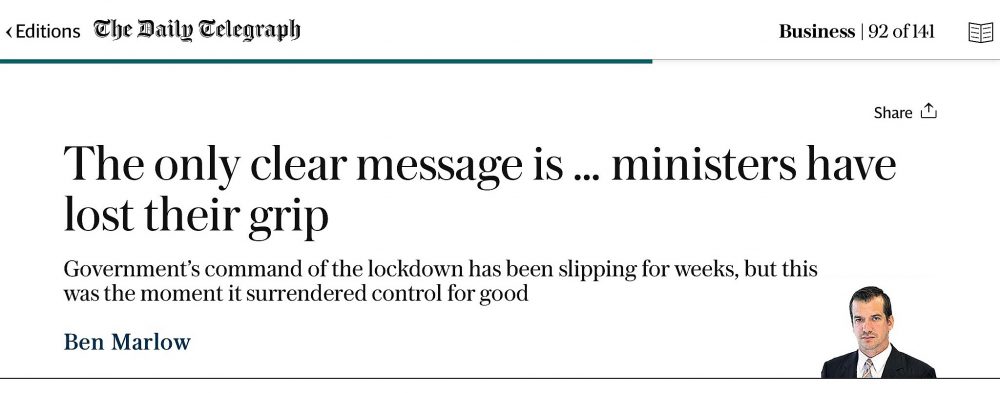
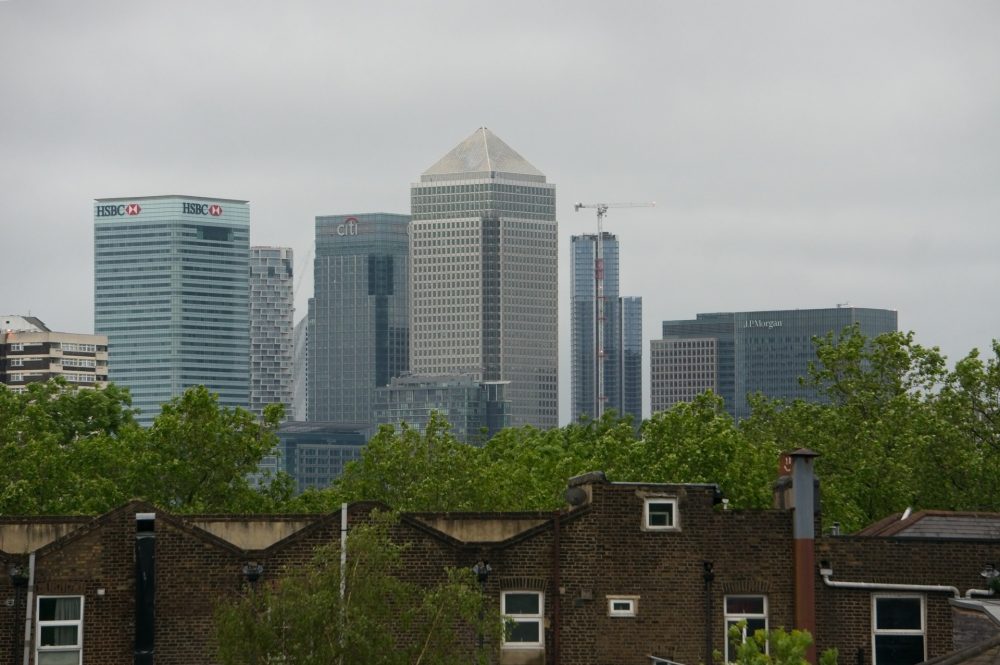
As we walk around the streets of Bow we catch glimpses of the skyscrapers in the City and at Canary Wharf. I’m sure many people in our area must work in them. Getting the City functioning again is important both locally and nationally.
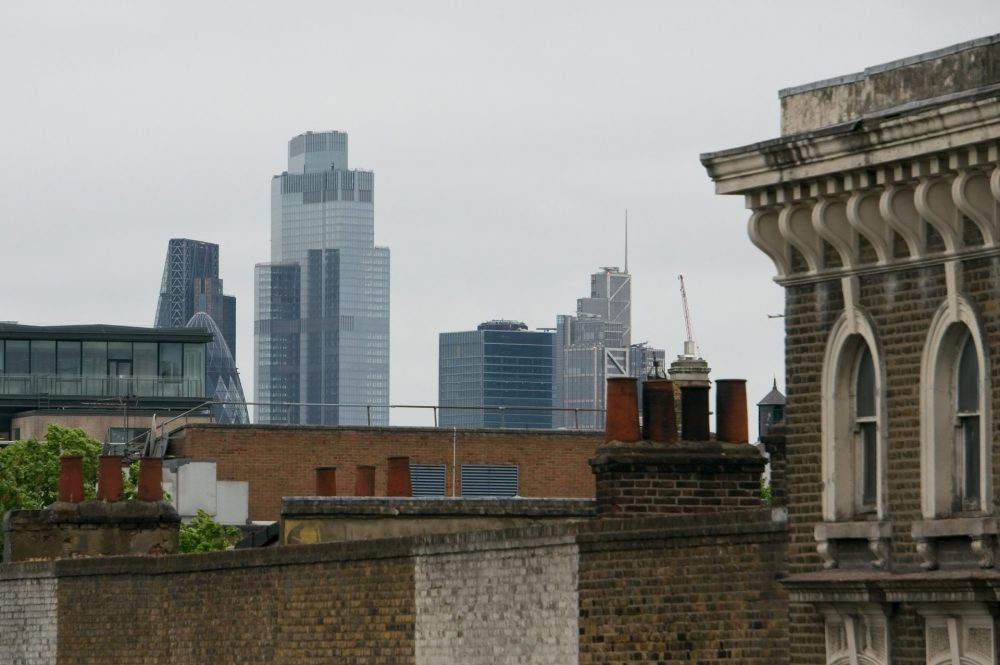
A document in the House of Commons Library says that in 2018 the financial services sector contributed £132 billion to the UK economy. That’s 7% of total economic output, with London contributing half of it. Financial services paid £29 billion in tax, and had an export surplus of £44bn.
Margate Thatcher’s “Big Bang” of 1986 deregulated the Stock Exchange, introduced electronic trading and led to London becoming the world’s biggest financial centre across 20 years. We’ve just changed places with New York and are now 2nd. Frankfurt is 13th, Paris is 15th and Edinburgh is 17th on the Global Financial Centres Index list.
The Big Bang brought high paying jobs to Tower Hamlets. After Oct 1986 London’s trading banks no longer had to be located within 10 minutes walk of the Bank of England. Two years later Paul Reichmann’s company, Olympia & York, started construction of the Canary Wharf development on the Isle of Dogs.
Fascinating local skyscrapers
Before Coronavirus I’d been fascinated by all the skyscrapers springing up along Bishopsgate, and the Wood Wharf development on the Island. Not just the buildings, but who the tenants were, and what they did. Nobody seemed to have any trouble filling their new buildings. I don’t think you’d want to be in possession of a half built skyscraper now.
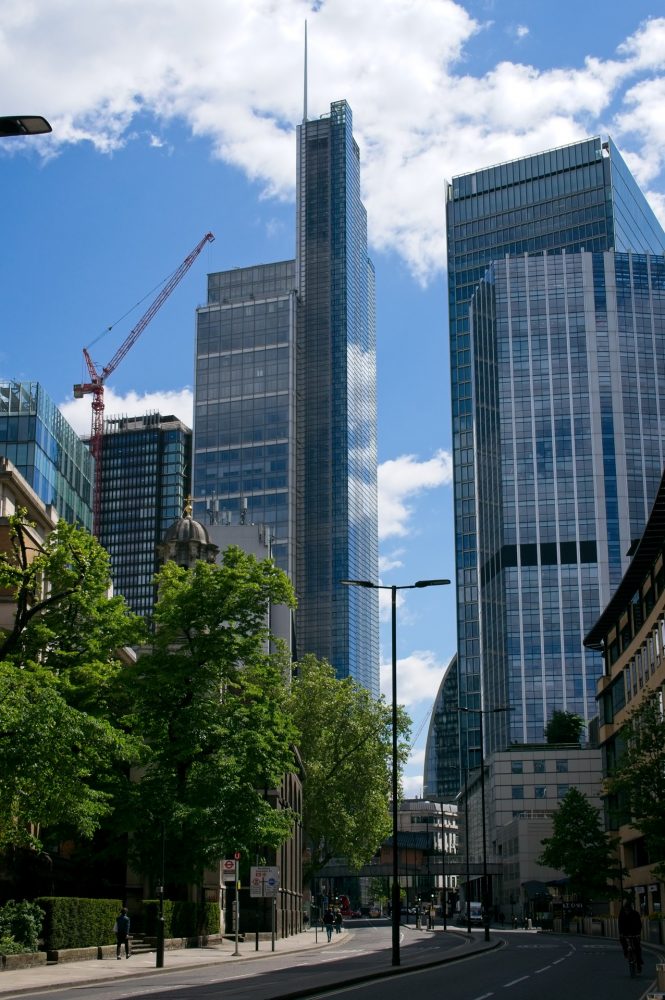
The specifics of getting the City working again
A few days ago I saw a photo of a lift floor with social distancing marks on it showing where people were to stand, and the direction they should face. People used to have to queue before cramming themselves into office lifts. Now if you can only get a handful of people in each lift there are going to be big problems working in tall buildings.
Then I read an interview with Marc Benioff who founded the software company Salesforce in 1999. They occupy 10 floors of 110 Bishopsgate, it used to be called the Heron Tower. Now it’s the Salesforce Tower, and thanks to the spire on top is the tallest building in the City of London. They’ve written software to help staff in offices and elsewhere to get back to work. It enables staff to book slots in lifts and schedule lunchbreaks etc. to enable social distancing. Social distancing is going to be a huge problem in every workplace. Employers may be very reluctant to open shop because of the danger of being sued if somebody catches coronavirus.
There are going to be big changes in how people work in these skyscrapers. People will need more space, meaning shift work and staggered commuting. Shared desks will need cleaning between different occupants. Benioff says you are going to need contact tracing, a command centre and splitting staff into groups to limit infection. Then people should bring in their own lunch, if they can, because office restaurants will be limited in how many people they can hold.
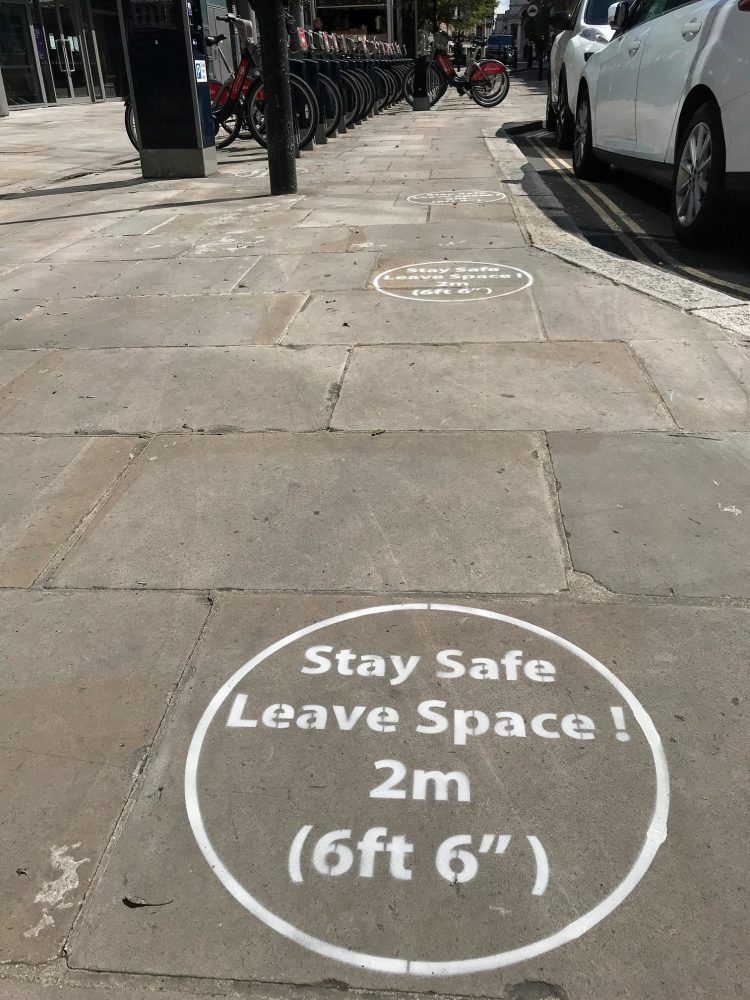
I took a Santander cycle hire bike into the City to explore what was going on and take my photos. In parking it in Brushfield Street I noticed the new social distance markers on the pavement for people to hire a bike. If you use a credit card you have to tap through endless touch-screens with your fingers (not gloves). There won’t be enough of these bikes, or places to park a bike, if people follow the advice to avoid public transport. I took the photo below at the Bishopsgate entrance to Liverpool Street Station. It has 18 platforms plus two underground lines, and handles 1.34 million passenger journeys a week. This isn’t going to work – is it?
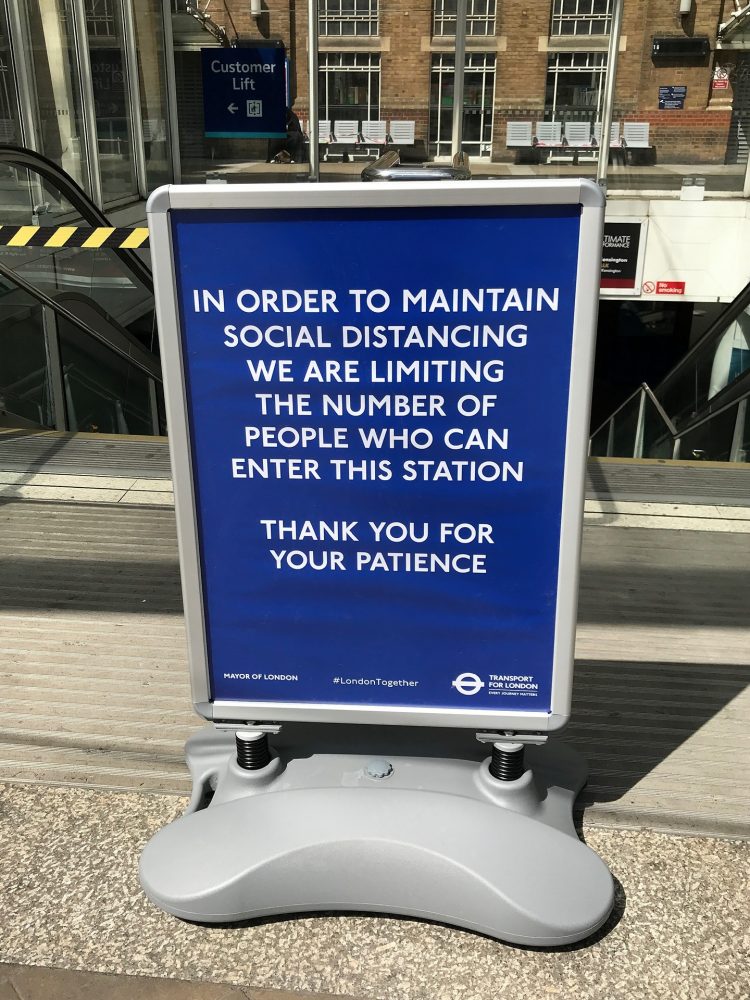
Alan Tucker


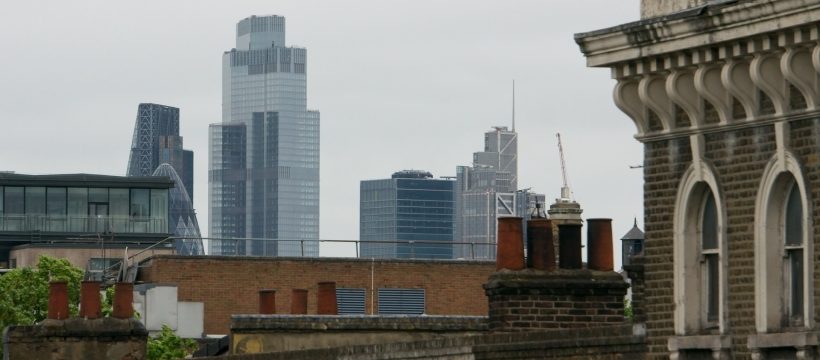
Hi Alan,
I think there will be a mass shortage of Santander bike’s from tomorrow morning as numbers using them to commute is bound to rise.
Thanks for writing in John. My fob stopped working so I was just using a credit card, since I was a very occasional user. Recently I noticed lots of people queueing to use credit cards – partly because the screens are slow and too many. I managed to get a fob again to avoid that – and all the touching of screens and buttons that you have to do. The Santander hire bikes are a great way of getting a bit of exercise.
Fobs for Santander bikes are very cheap – £90 per annum (ie 25p a day). There are often promotions on (£45 per year for City border residents – that includes TH) and that fee means you can get a bike as often as you want for 30 minutes for free. 30 minutes gets you a long way.
https://tfl.gov.uk/modes/cycling/santander-cycles/what-you-pay